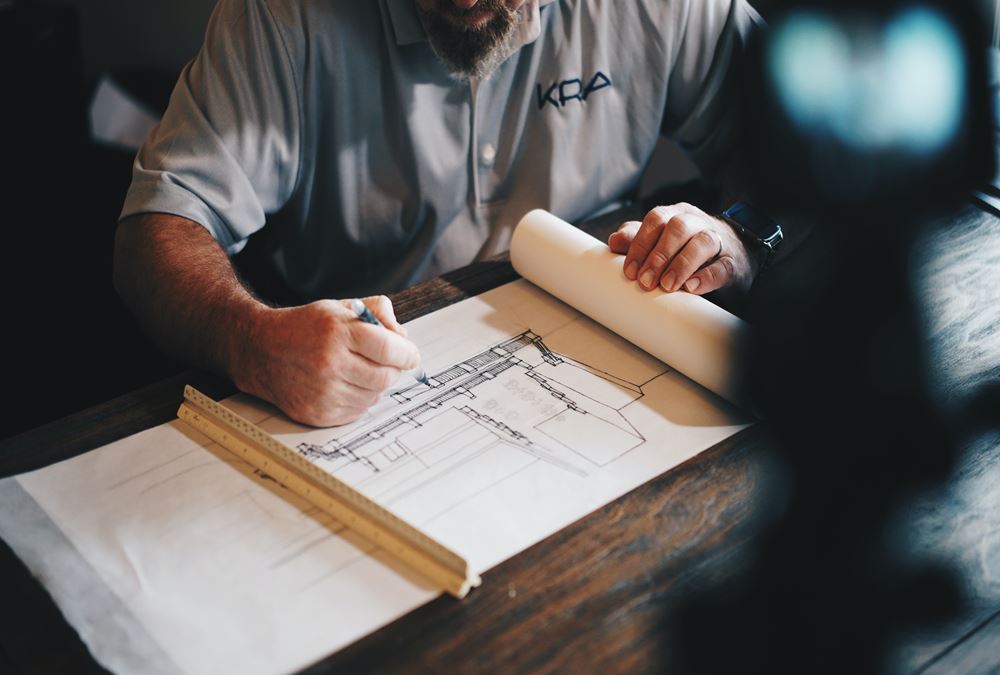
Typically, various stakeholder groups are involved in a construction project. Each group contributes to a specific component, such as owner group, engineering group, and construction group. In this article, we look at the different roles that exist as part of the construction industry.
The owner or the customer
The owning group provides the “need” for the project and the finances to meet that need. They are the engine of the construction industry. Their demands for housing, commercial facilities, industrial products and infrastructure are the main motivation to build. After determining the need and deciding to build, the owner is responsible for the following main tasks:
- Develop the program and describe the needs and requirements of end users
- Determine the quantity, scope and character of the project by defining the scope of work
- Create the overall project budget, including land acquisition (if required), development, design and construction costs
- Secure project financing and make periodic payments to designers and contractor
- Customers are looking for the most economically feasible proposition
- Customers need certainty and confirmed delivery times
The engineering group
The engineering group consists of subject matter experts such as architects, structural designers and construction managers. These subject matter experts provide project specifications, method statements, designs and schedules and provide oversight and quality control functions.
The construction group
The construction group consists of a matrix of contractors performing the different work packages. The construction management function involves various tasks performed by the contractor such as estimating, planning, cost control and contract administration to monitor, manage and control the contract work for which the contractor is obligated.
- Entrepreneurs seek sustainable and predictable margin
- Entrepreneurs want to remain “competitive” in the offer
- An evolving method to understand and quantify project risks
- The work is done and delivered on time
- Understand the risks in the proposed work
Architects and Engineers
Two types of professional designers are engaged in the construction process and each deals with different parts of the project design. Architects deal with the function, life safety issues and aesthetics of the building, and engineers deal with the systems. They usually work together to complete the design function, with one or the other taking the lead, depending on the type of facility being built.
construction manager
The construction manager works regularly with the architect and engineer throughout the construction process. He is responsible for assisting the Owner in developing the program for the facility and determining the needs and requirements of end users and developing the final construction plans, construction details and specifications.
Architects
Architects have licensed professionals trained in the art and science of building design. They turn the owner’s program into concepts, then develop the concepts into images and building plans that can be built by others. In addition to a four or five-year college program, architects must also have a certain number of years of experience and pass an exam before they can obtain a license.
Architects design the overall aesthetic and functional appearance of buildings and other structures. Architects also specify the construction materials and, in some cases, the interior layout. When developing designs, architects follow building codes, zoning laws, fire regulations, and other ordinances, such as those requiring easy access for people with disabilities.
Architectural Technicians
Architectural technicians are generally drafters of building plans. They are the ones who actually produce the drawings that are used for construction. They work from preliminary sketches and concept drawings provided by the design architects.
Specification Writers
The specification writer is responsible for specifying the specific products and methods that must be used on a project to ensure a particular level of performance and quality.
Engineers
Engineers are usually the main designers of civil and heavy industrial projects. In building design, they are most often hired as consultants by architects. In this scenario, they have no direct contact with the owner. There are many different engineering specialties; The most common associated with construction activities are structural engineers, mechanical engineers, electrical engineers, and civil engineers. Civil design roads, bridges, tunnels, dams, site drainage, parking lots, tracks and water supply and sewage systems.
Landscape architects
Landscape architects are licensed professionals and take care of the site and outdoor environmental issues surrounding the structure. They are involved in things like plantings, sidewalks, retaining walls, and water features to enhance the project. Large architectural firms may employ landscape architects on staff and use their services in the overall design. Or the professional landscaper may be hired directly by the owner or work under a separate contract with the builder.
interior designers
They take care of the interior finishes or schemes of the building and make decisions about furniture selection and placement, paint colors and fixtures, light fixtures, window treatments, floor finishes and window treatments. ceilings.
Construction professionals
They interpret plans and specifications and prepare cost estimates and schedules to meet the owner’s requirements. Oversee and manage all construction operations in one coordinated and safe effort.
General contractors
The general contractor, also called project manager, undertakes by contract with the owner to deliver the construction project in accordance with the plans and specifications prepared by the architects and engineers. Construction management personnel include estimators, planners, and purchasing agents, while field management personnel consist of superintendents, foremen, field engineers, and senior laborers. Trades work is carried out under separate subcontracts with various trade contractors.
Related links
You May Also Like Challenges in the Construction Industry | Construction industry in India | Construction industry – Sectors | Characteristics of the construction industry | Importance of the construction industry | Roles in the construction industry | Construction Industry Overview | Construction Industry – Business Model
Creation date Friday, September 25, 2020 Hits 1674
